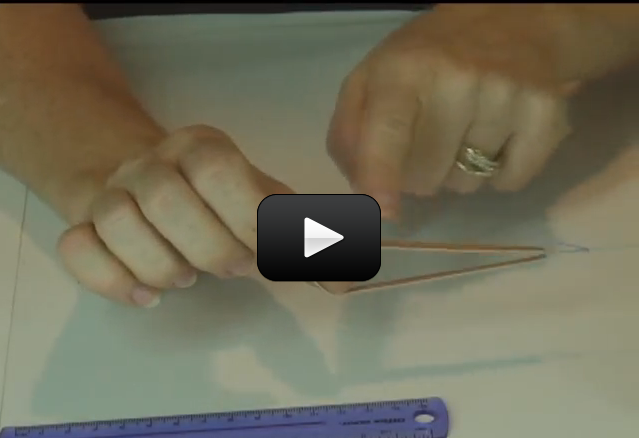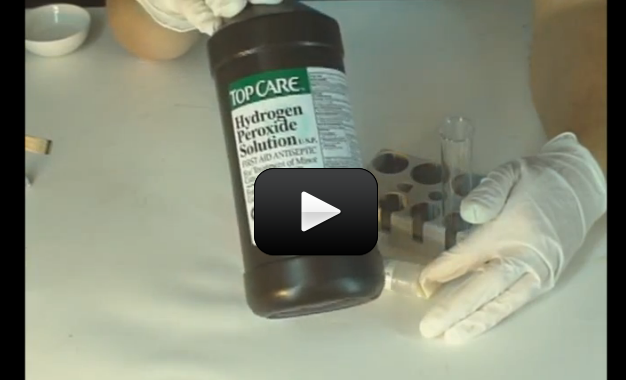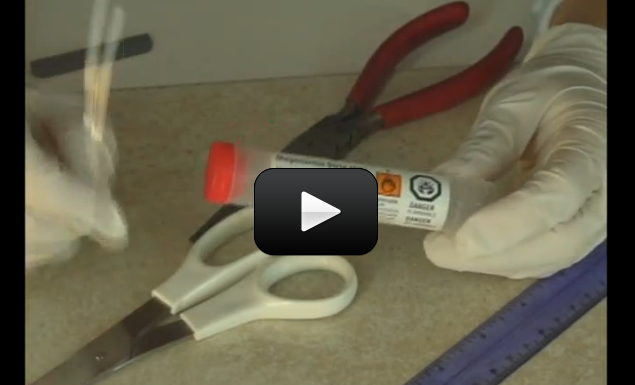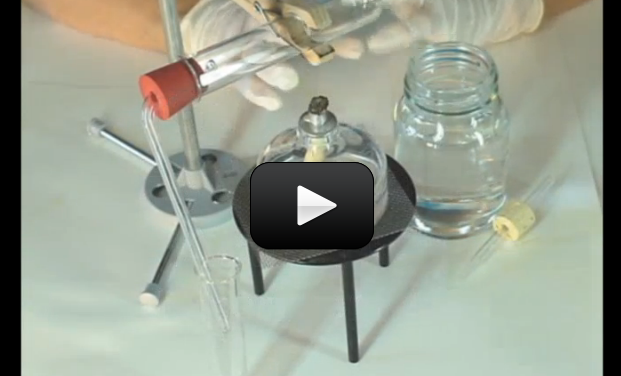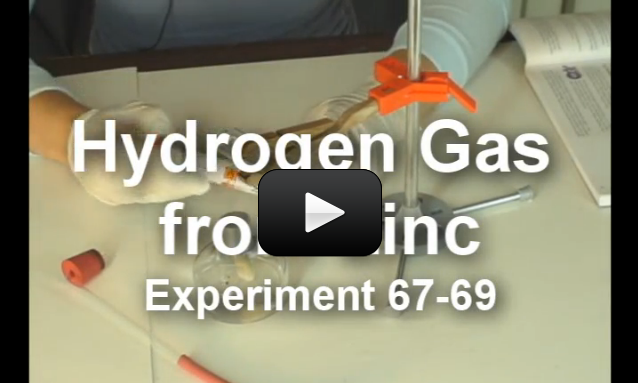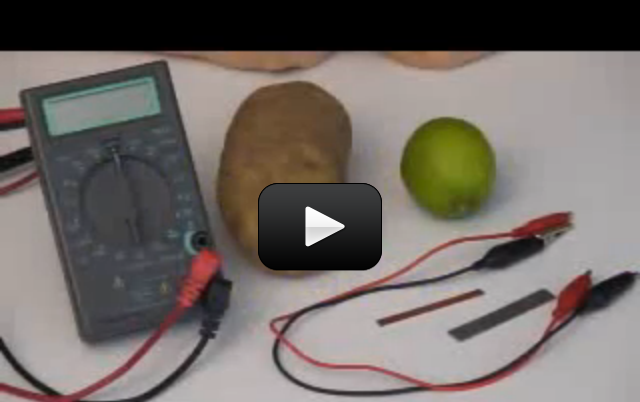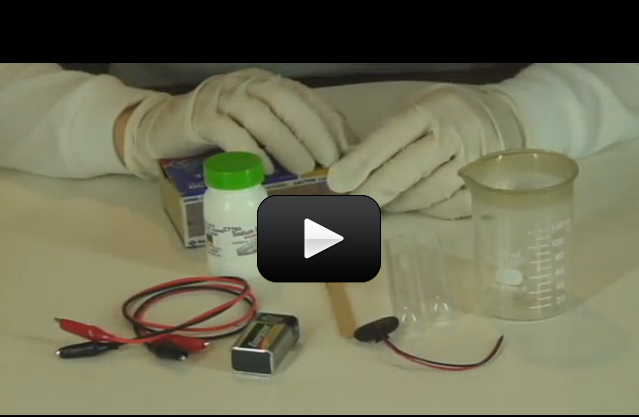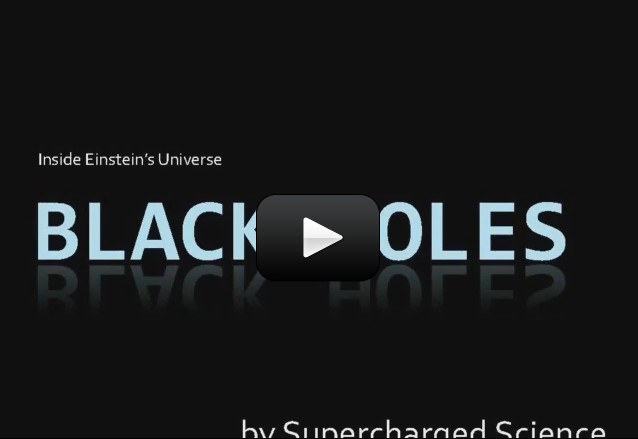
There are a number of websites on the internet and it makes sense to help homeschool students understand which ones can be used for factual research, and which ones are likely to misinterpret data. Here’s a list of things that they can be asked to check for, to ensure that the website is a legitimate one offering correct information.
Who is the Owner of the Website?
Is it an individual who collects information and shares it? Or is it a company which is distributing the data? Check who are the administrators of the website. One can usually get in touch with them using the ‘Contact Us’ page via the form or the email id that has to be provided on this page. If a website does not have this page, it is illegal as regulations require all websites to allow visitors to contact them. It is also a sign that the information on the website may not be represented truly.
Date of Creation and Age of Website
We often see a slew of websites popping up around a topic that is trending in the news. This is usually done to tap into the short term desire for information that people may have on this topic. Often such websites are left untended after the initial trend dissipates. Check to see when the website was created, also if the administrators are adding any current information to the website via a blog or new articles. If the homeschool student is using the website for research, the website should not have old information.
Purpose and Design of the Website
One good way to check if the website can be used for accurate research data is to see what it’s purpose is. Does it seek to inform visitors or does it seem to sell products? Is the website seeking to entertain the readers or is it merely stating facts. The design of the website also gives clues about the seriousness of the content. A good website will have well organized data which is easy to trace and find. The links will be helpful to navigate the site as well.

 In this era of fake news, rumor mongering and spoofs, it can be difficult for a homeschool student to understand exactly what is true and what’s not. Since they will be getting a lot of their information online, it behooves the homeschool teacher to ensure that they are able to sift through the information available online and figure out what to trust. Here are some ideas to help them tell the difference.
In this era of fake news, rumor mongering and spoofs, it can be difficult for a homeschool student to understand exactly what is true and what’s not. Since they will be getting a lot of their information online, it behooves the homeschool teacher to ensure that they are able to sift through the information available online and figure out what to trust. Here are some ideas to help them tell the difference.
 Is it worth investing in a computer just for your homeschool classroom? Yes it is. It may not seem like it initially, but it is a wise investment. You will do so much with the computer that you will recover the cost in terms of man hours within the first month. Here are some ways to ensure that you get the most out of this teaching aid.
Is it worth investing in a computer just for your homeschool classroom? Yes it is. It may not seem like it initially, but it is a wise investment. You will do so much with the computer that you will recover the cost in terms of man hours within the first month. Here are some ways to ensure that you get the most out of this teaching aid. The aid that technology provides a homeschool teacher, is great. So many aspects of teaching will become simplified by using gadgets such as a digital camera, a projector, and a laptop connected to the internet. While a person who is not too comfortable with gadgets may say that traditional schooling with books is all that is required, there is no denying the advantages of using more technology in the homeschool classroom.
The aid that technology provides a homeschool teacher, is great. So many aspects of teaching will become simplified by using gadgets such as a digital camera, a projector, and a laptop connected to the internet. While a person who is not too comfortable with gadgets may say that traditional schooling with books is all that is required, there is no denying the advantages of using more technology in the homeschool classroom.
 Since homeschool students do not have a bus to catch to school, they could start the morning later in the day. However the ideal time to start teaching in the homeschool classroom has been an often debated topic. There are those who feel that allowing the children to run through their daily chores in the morning and begin studying after an early lunch may be a better way to use the whole day productively.
Since homeschool students do not have a bus to catch to school, they could start the morning later in the day. However the ideal time to start teaching in the homeschool classroom has been an often debated topic. There are those who feel that allowing the children to run through their daily chores in the morning and begin studying after an early lunch may be a better way to use the whole day productively. Often a child is encouraged to try a different learning activity if he has access to the materials that he will need. One homeschooling mother shared that having her fiction books up in a proper bookcase was all it took for her children to start reading. They didn’t want to dig into a cardboard box in which she had placed the books earlier, but seeing the books easily accessible in the shelf made them start reading more. Here are some ways in which you can encourage your homeschool students to do more around the homeschool classroom.
Often a child is encouraged to try a different learning activity if he has access to the materials that he will need. One homeschooling mother shared that having her fiction books up in a proper bookcase was all it took for her children to start reading. They didn’t want to dig into a cardboard box in which she had placed the books earlier, but seeing the books easily accessible in the shelf made them start reading more. Here are some ways in which you can encourage your homeschool students to do more around the homeschool classroom. Summer is the perfect season to bring in new learning activities into the lives of your homeschooled children. You are not as focused on classroom activities, formal lessons are on a break, and its time to have some fun. Make that fun instructive and you have a set of learning activities that you can do in the summer holidays.
Summer is the perfect season to bring in new learning activities into the lives of your homeschooled children. You are not as focused on classroom activities, formal lessons are on a break, and its time to have some fun. Make that fun instructive and you have a set of learning activities that you can do in the summer holidays.
 A number of parents wonder about homeschooling. They want to start, but since their children are already in regular schools, they are not sure how to figure out the transition. They are often also worried about being able to handle the demands of homeschooling. Here’s a simple manner in which these families can test drive the concept of homeschooling without making any major changes.
A number of parents wonder about homeschooling. They want to start, but since their children are already in regular schools, they are not sure how to figure out the transition. They are often also worried about being able to handle the demands of homeschooling. Here’s a simple manner in which these families can test drive the concept of homeschooling without making any major changes. There are more children being homeschooled today than ever before. The statistical data seems to suggest that most parents tend to prefer homeschooling their children rather than sending them to a regular school to attend regular classes. What is the reason for this drastic shift in the way education is imparted?
There are more children being homeschooled today than ever before. The statistical data seems to suggest that most parents tend to prefer homeschooling their children rather than sending them to a regular school to attend regular classes. What is the reason for this drastic shift in the way education is imparted? Getting ready for life is the purpose of education, and if you are homeschooling your child, you need to get him or her ready to live in the real world. Here are some basic skills that your homeschool student needs to master to be successful in the journey of life.
Getting ready for life is the purpose of education, and if you are homeschooling your child, you need to get him or her ready to live in the real world. Here are some basic skills that your homeschool student needs to master to be successful in the journey of life. There are days when you are feeling tired in mind and body, but you still have a homeschool classroom to manage. These are the days when a homeschool teacher should have a number of back up activities planned for. You can take a partial day off from teaching actively to giving the homeschool students some assignments that don’t need too much in terms of supervision from your side. Here are some ideas that could work for your homeschooling family.
There are days when you are feeling tired in mind and body, but you still have a homeschool classroom to manage. These are the days when a homeschool teacher should have a number of back up activities planned for. You can take a partial day off from teaching actively to giving the homeschool students some assignments that don’t need too much in terms of supervision from your side. Here are some ideas that could work for your homeschooling family.


 In the majority of homeschool families the trend is for the mother to be the primary homeschool teacher, as the father is usually busy with the day job that supports the family. This does not mean that the father in the homeschooling family can not contribute to the learning of the homeschool students. Here are some ideas to apply if you want to help your children as a homeschool dad.
In the majority of homeschool families the trend is for the mother to be the primary homeschool teacher, as the father is usually busy with the day job that supports the family. This does not mean that the father in the homeschooling family can not contribute to the learning of the homeschool students. Here are some ideas to apply if you want to help your children as a homeschool dad. There’s a lot of writing that can be added to different subjects in the curriculum of a homeschool student. Here are some ideas to get you started on writing assignments.
There’s a lot of writing that can be added to different subjects in the curriculum of a homeschool student. Here are some ideas to get you started on writing assignments.
 There is the basic skill of writing which backs all learning in the homeschool classroom. However most homeschool students are not very keen on writing down their lessons. They are happy to rattle off their knowledge orally but ask them to take a paper and write it down, and more often than not you will hear them groan and complain. So what can you do to help them enjoy writing more?
There is the basic skill of writing which backs all learning in the homeschool classroom. However most homeschool students are not very keen on writing down their lessons. They are happy to rattle off their knowledge orally but ask them to take a paper and write it down, and more often than not you will hear them groan and complain. So what can you do to help them enjoy writing more?

 There’s more to attending a homeschool convention than simply showing up. By handling the logistics in advance you can ensure that you stay frugal even while getting the most bang for your buck.
There’s more to attending a homeschool convention than simply showing up. By handling the logistics in advance you can ensure that you stay frugal even while getting the most bang for your buck. Homeschool conventions are run in practically every state of the US. You can get online and find out the schedule for the year with ease. There are many benefits to attending a homeschool convention. There are a large number of homeschool vendors available in once place. They offer fabulous discounts on most of their products. Speakers will share tips on different aspects of homeschooling. You get to socialize with other homeschooling families and your children can treat it as an educational field trip.
Homeschool conventions are run in practically every state of the US. You can get online and find out the schedule for the year with ease. There are many benefits to attending a homeschool convention. There are a large number of homeschool vendors available in once place. They offer fabulous discounts on most of their products. Speakers will share tips on different aspects of homeschooling. You get to socialize with other homeschooling families and your children can treat it as an educational field trip.
 Being stuck in a job you dislike can be instrumental in having a miserable life. On the other hand if you choose a job that you love to do, you will be happy every single morning for the rest of your working life. Since the homeschool student is not exposed to many professionals, it may be a good idea for the homeschool parent to ensure that they learn a bit about different jobs by actually getting to do them for a while. Here’s how they can make it happen for homeschool students who are in high school.
Being stuck in a job you dislike can be instrumental in having a miserable life. On the other hand if you choose a job that you love to do, you will be happy every single morning for the rest of your working life. Since the homeschool student is not exposed to many professionals, it may be a good idea for the homeschool parent to ensure that they learn a bit about different jobs by actually getting to do them for a while. Here’s how they can make it happen for homeschool students who are in high school.
 As a child grows older the expectations from the homeschool parent change. When they transition from middle school to high school, it’s a good time to explain the changing rules in the homeschool classroom to them. Here are some aspects that you may want to speak with the homeschool student about.
As a child grows older the expectations from the homeschool parent change. When they transition from middle school to high school, it’s a good time to explain the changing rules in the homeschool classroom to them. Here are some aspects that you may want to speak with the homeschool student about. No matter how fit a homeschool parent is, at one stage they will not be able to keep up with the physical energy of their homeschool students. So how do you find outlets for all that energy without having to push your own self physically to do activities with them. Here’s a list of suggestions.
No matter how fit a homeschool parent is, at one stage they will not be able to keep up with the physical energy of their homeschool students. So how do you find outlets for all that energy without having to push your own self physically to do activities with them. Here’s a list of suggestions.







 This experiment is for Advanced Students. For ages, people have been hurling rocks, sticks, and other objects through the air. The trebuchet came around during the Middle Ages as a way to break through the massive defenses of castles and cities. It’s basically a gigantic sling that uses a lever arm to quickly speed up the rocks before letting go. A trebuchet is typically more accurate than a catapult, and won’t knock your kid’s teeth out while they try to load it.
This experiment is for Advanced Students. For ages, people have been hurling rocks, sticks, and other objects through the air. The trebuchet came around during the Middle Ages as a way to break through the massive defenses of castles and cities. It’s basically a gigantic sling that uses a lever arm to quickly speed up the rocks before letting go. A trebuchet is typically more accurate than a catapult, and won’t knock your kid’s teeth out while they try to load it.







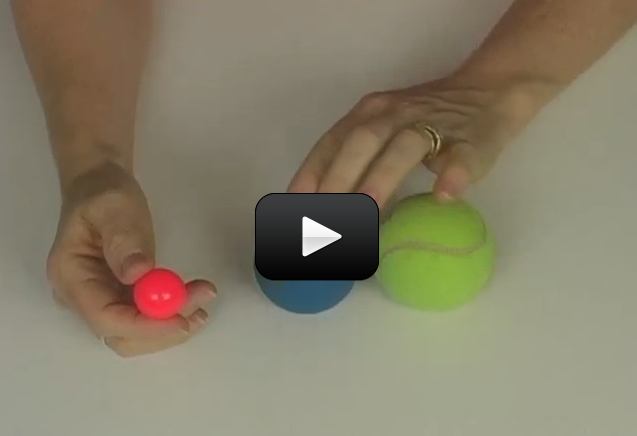

 This experiment is for advanced students.It’s time for the last lesson of mechanics. After all this time, you now have a good working knowledge of the rules that govern almost all movement on this planet and beyond!! This lesson we get to learn about things crashing into one another!! Isn’t physics fun?! We are going to learn about impulse and momentum.
This experiment is for advanced students.It’s time for the last lesson of mechanics. After all this time, you now have a good working knowledge of the rules that govern almost all movement on this planet and beyond!! This lesson we get to learn about things crashing into one another!! Isn’t physics fun?! We are going to learn about impulse and momentum.
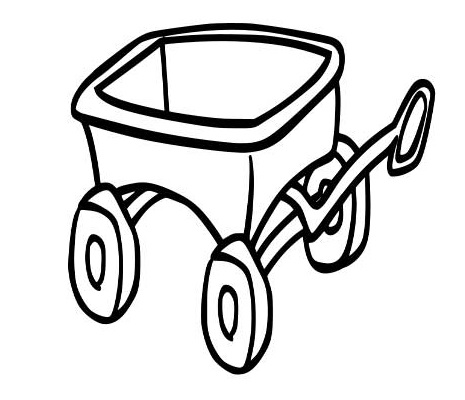
 This is a quick and easy demonstration of how to teach Newton’s laws with minimal fuss and materials. All you need is a wagon, a rock, and some friends. We’re going to do a few totally different experiments using the same materials, though, so keep up with the changes as you read through the experiment.
This is a quick and easy demonstration of how to teach Newton’s laws with minimal fuss and materials. All you need is a wagon, a rock, and some friends. We’re going to do a few totally different experiments using the same materials, though, so keep up with the changes as you read through the experiment.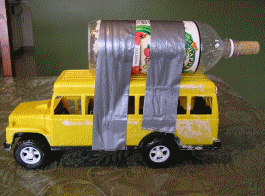
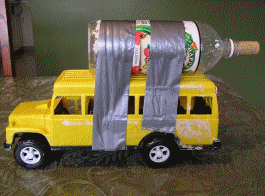 Let's take a good look at Newton's Laws in motion while making something that flies off in both directions. This experiment will pop a cork out of a bottle and make the cork fly go 20 to 30 feet, while the vehicle moves in the other direction!
This is an outdoor experiment. Be careful with this, as the cork comes out with a good amount of force. (Don’t point it at anyone or anything, even yourself!)
Here's what you need to find:
Please
Let's take a good look at Newton's Laws in motion while making something that flies off in both directions. This experiment will pop a cork out of a bottle and make the cork fly go 20 to 30 feet, while the vehicle moves in the other direction!
This is an outdoor experiment. Be careful with this, as the cork comes out with a good amount of force. (Don’t point it at anyone or anything, even yourself!)
Here's what you need to find:
Please 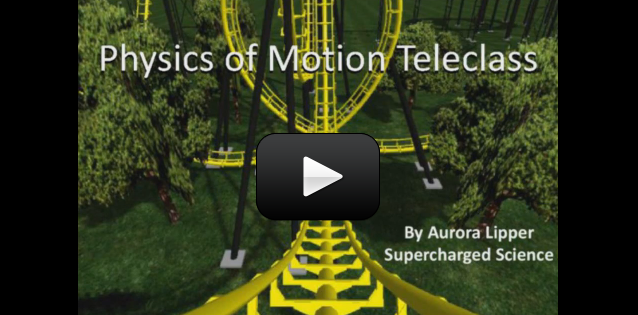

 Every wonder why you have to wear a seat belt or wear a helmet? Let's find out (safely) by experimenting with a ball.
You will need to find:
Every wonder why you have to wear a seat belt or wear a helmet? Let's find out (safely) by experimenting with a ball.
You will need to find:
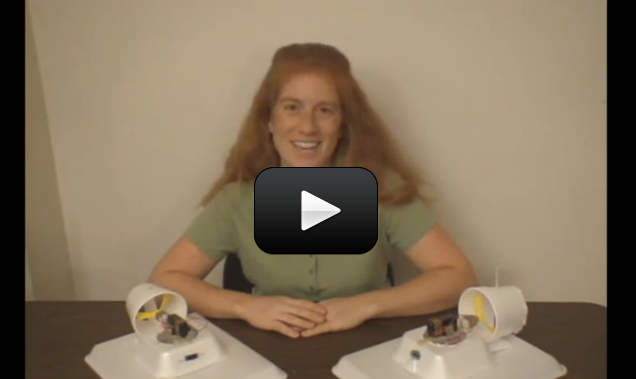
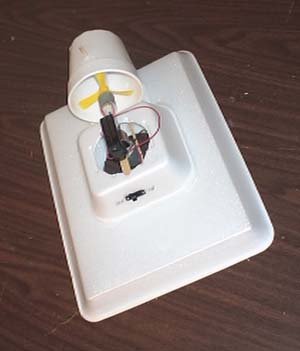 Hovercraft transport people and their stuff across ice, grass, swamp, water, and land. Also known as the Air Cushioned Vehicle (ACV), these machines use air to greatly reduce the sliding friction between the bottom of the vehicle (the skirt) and the ground. This is a great example of how lubrication works – most people think of oil as the only way to reduce sliding friction, but gases work well if done right.
Hovercraft transport people and their stuff across ice, grass, swamp, water, and land. Also known as the Air Cushioned Vehicle (ACV), these machines use air to greatly reduce the sliding friction between the bottom of the vehicle (the skirt) and the ground. This is a great example of how lubrication works – most people think of oil as the only way to reduce sliding friction, but gases work well if done right.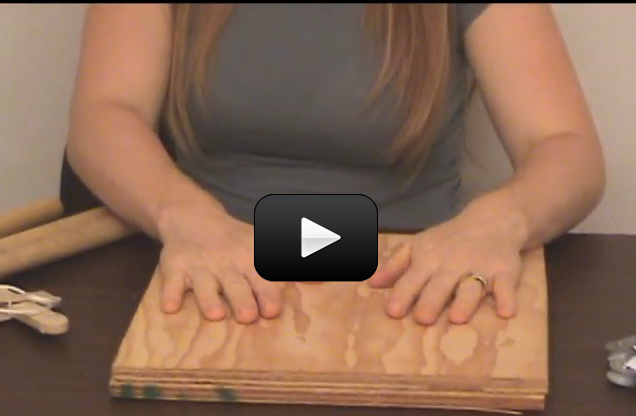

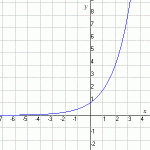 Find a smooth, cylindrical support column, such as those used to support open-air roofs for breezeways and outdoor hallways (check your local public school or local church). Wind a length of rope one time around the column, and pull on one end while three friends pull on the other in a tug-of-war fashion.
Experiment with the number of friends and the number of winds around the column. Can you hold your end with just two fingers against an entire team of football players? You bet!
Please
Find a smooth, cylindrical support column, such as those used to support open-air roofs for breezeways and outdoor hallways (check your local public school or local church). Wind a length of rope one time around the column, and pull on one end while three friends pull on the other in a tug-of-war fashion.
Experiment with the number of friends and the number of winds around the column. Can you hold your end with just two fingers against an entire team of football players? You bet!
Please 
